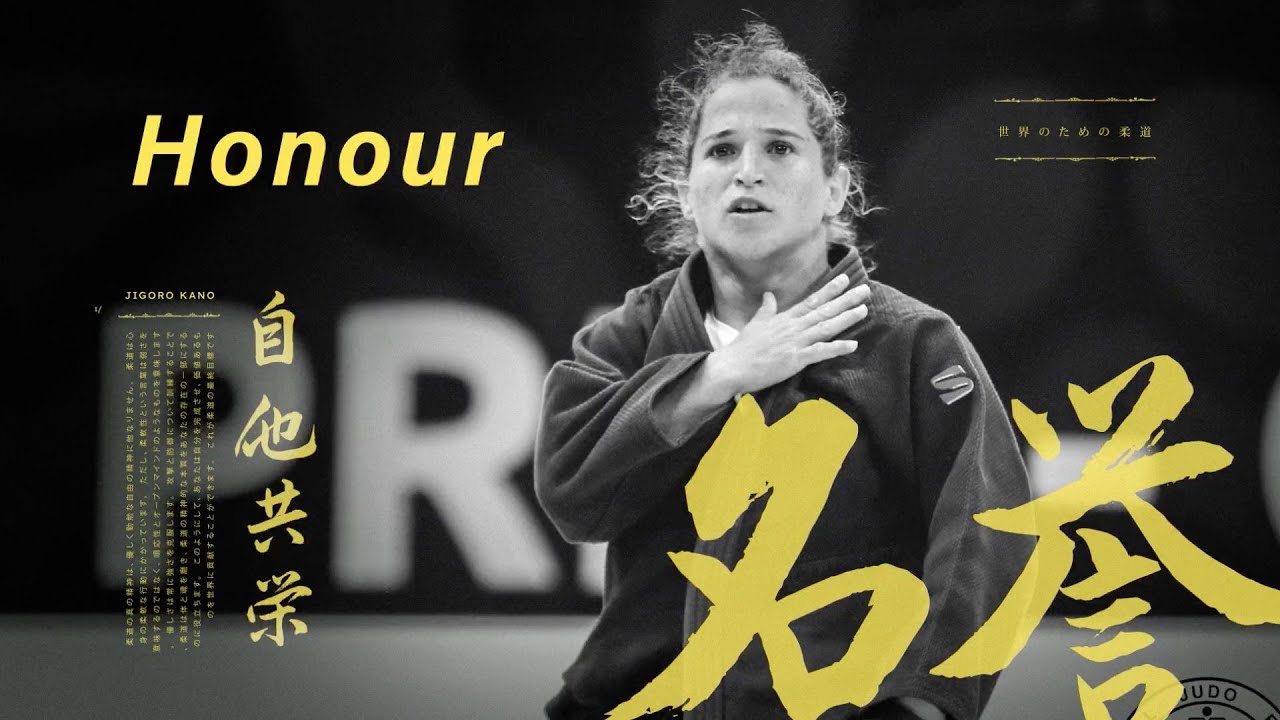Historia do Judô: Da Defesa Pessoal e Combate ao Bullying ao Esporte Olímpico, Inspirado no Ju-Jutsu
Summary
TLDRThis video explores the origins and evolution of judo, focusing on its founder, Jigoro Kano, and his philosophical and pedagogical approach. It delves into his background, the transformation from jujutsu to judo, and the establishment of the Kodokan dojo. Kano's vision for judo emphasized both physical and moral development, creating a global discipline that transcended martial techniques. The video also highlights the competitive aspects of judo, its integration into the Olympic Games, and its influence on other martial arts. Ultimately, it showcases how judo has become a practice for personal growth and social contribution.
Takeaways
- 😀 Judo's origins are closely tied to its founder, Kano Jigoro, who was born in 1860 in Japan and played a pivotal role in developing judo from jujutsu.
- 😀 Kano Jigoro's vision for judo was to create an art that focused on not only physical skill but also moral and intellectual development, blending efficiency and mutual benefit.
- 😀 Judo was founded in 1882 in Tokyo at the Kodokan, and its name change from jujutsu to judo marked a shift from a combat-focused art to a more philosophical practice.
- 😀 Kano's philosophy emphasized the principles of maximum efficiency with minimum effort, and mutual welfare, which influenced the development of judo as both a sport and a way of life.
- 😀 Judo was integrated into the Japanese public education system by Kano and promoted as a means of cultivating discipline, respect, and self-control among students.
- 😀 Kano's influence helped judo spread globally, with notable figures like Mitsuo Maeda playing a significant role in introducing judo to Brazil, which eventually led to the creation of Brazilian jiu-jitsu.
- 😀 Kano became the first Asian member of the International Olympic Committee in 1912, paving the way for judo's inclusion as an Olympic sport in 1964.
- 😀 The rivalry between the Kodokan and traditional jujutsu schools, especially the Totsuka school, played a significant role in establishing the effectiveness and modernity of judo.
- 😀 Judo’s fundamental techniques include throwing, pinning, and striking, with a strong emphasis on safety during training, such as teaching proper falling techniques to minimize injury.
- 😀 The uniform and grading system in judo were innovated by Kano, with the introduction of colored belts and the use of a heavy, durable gi for practice and competition.
Q & A
Who is the founder of Judo and what was his background?
-The founder of Judo is Kano Jigoro, a Japanese polymath and educator, born in 1860. He came from a relatively affluent family and was highly involved in academics from a young age, studying subjects such as English, calligraphy, and Confucian texts.
What motivated Kano Jigoro to pursue training in martial arts?
-Kano Jigoro was motivated to seek training in martial arts due to a culture of bullying he faced during his teenage years. He saw martial arts as a way to defend himself and strengthen both his body and spirit.
What was the significance of Kano's meeting with Fukuda Hinosuke?
-Kano's meeting with Fukuda Hinosuke, a master of the Choru style of jujutsu, was pivotal. Fukuda emphasized practical technique over formal kata, which deeply influenced Kano's creation of Judo.
What was the Kodokan and when was it founded?
-The Kodokan, meaning 'place for expounding the way,' was founded by Kano Jigoro in 1882. It became the primary school for the practice and teaching of Judo. The name was officially adopted two years after its founding.
How did Kano Jigoro envision Judo beyond physical training?
-Kano Jigoro saw Judo as more than just physical training; he believed it was a means for personal development and societal betterment. His philosophy included the efficient use of energy, mutual prosperity, and moral and intellectual growth.
What innovations did Kano introduce to the teaching of Judo?
-Kano introduced a belt grading system to indicate practitioners' skill levels, promoted randori (free practice) as a safe and controlled form of practice, and made Judo more accessible to children and women.
What role did Mitsuo Maeda play in the spread of Judo?
-Mitsuo Maeda, a student of Kano, played a crucial role in introducing Judo to Brazil, where it evolved into Brazilian Jiu-Jitsu, a combat discipline now recognized worldwide.
How did Judo gain international recognition?
-Judo gained international recognition through the efforts of Kano and his students, who traveled worldwide to teach Judo. Kano himself became the first Asian member of the International Olympic Committee, helping secure Judo's inclusion in the 1964 Tokyo Olympics.
What is the core difference between Judo and Jujutsu?
-While both Judo and Jujutsu share a common origin, Judo was developed by Kano as a martial art that incorporated both physical skill and moral and intellectual development. Judo focuses on efficiency, mutual benefit, and minimizing effort, while Jujutsu was more focused on traditional combat techniques.
How did Kano's philosophy impact the practice of Judo today?
-Kano's philosophy of efficiency, mutual benefit, and moral development remains central to Judo today. It not only shapes the technical aspects of the art but also influences practitioners' ethical behavior, both in the dojo and in daily life.
Outlines

This section is available to paid users only. Please upgrade to access this part.
Upgrade NowMindmap

This section is available to paid users only. Please upgrade to access this part.
Upgrade NowKeywords

This section is available to paid users only. Please upgrade to access this part.
Upgrade NowHighlights

This section is available to paid users only. Please upgrade to access this part.
Upgrade NowTranscripts

This section is available to paid users only. Please upgrade to access this part.
Upgrade Now5.0 / 5 (0 votes)





